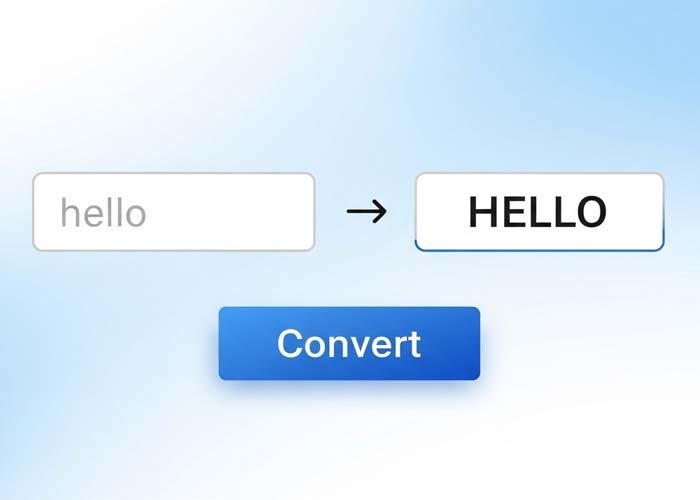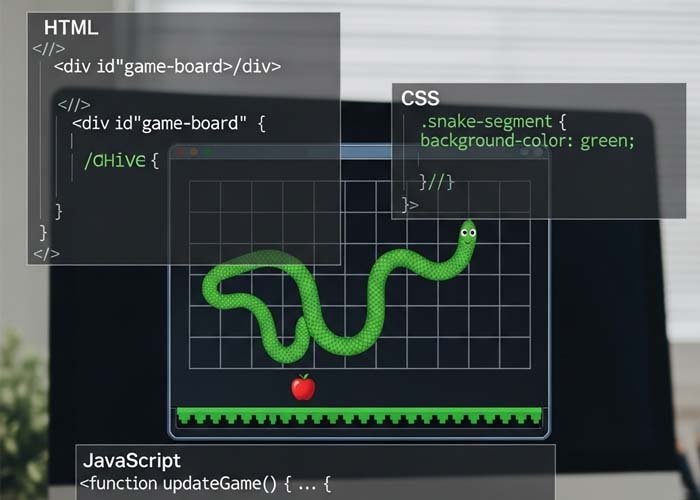Futuristic 3D Hexagon Loader Animation Using HTML and CSS
This visually striking loader animation features a dynamic stack of glowing hexagon shapes that move in a smooth, synchronized rhythm. It creates a mesmerizing 3D effect using only HTML and CSS, making it a lightweight and stylish loading indicator for modern websites or applications.
Layout and Structure
The loader is built from a set of repeating hexagon elements arranged within a square container. There are fifteen hexagons in total, and each one is positioned inside the previous one, forming a layered ring effect. These rings give the impression of depth and motion as they animate in a wave-like pattern.
Each individual shape is a hexagon, styled with sharp, crisp edges and glowing borders. The shapes gradually get smaller toward the center, which enhances the illusion of depth and perspective.
3D Perspective and Rotation
To create the 3D look, the entire loader is angled using perspective and rotation. The view is tilted along the X-axis, so the animation appears to rise and fall in space. This simple trick gives the loader its unique, futuristic appearance.
As the animation plays, each hexagon moves along the Z-axis, creating an illusion of floating forward and backward. This is combined with a subtle rotation effect that enhances the sense of movement. The animation loops continuously, giving the loader a pulsing, energetic feel.
Staggered Timing for a Wave Effect
Each hexagon starts its animation with a slight delay, which is what makes the motion feel like a wave. Instead of all moving at once, the shapes rise and rotate in a sequence, creating a ripple that travels from the center outward.
This staggered timing makes the loader more dynamic and less mechanical. The motion is smooth, continuous, and perfectly suited for capturing attention while a page or process is loading.
Visual Style and Glow Effect
Each shape includes a glowing shadow on the inside, giving it a soft, illuminated look. The glow pulses subtly as the animation runs, making the loader feel alive and responsive.
The use of a clipped polygon shape — a hexagon — instead of a standard circle or square, adds a futuristic and tech-inspired touch to the design. The glow, depth, and perspective combine to create a loader that feels modern, sleek, and engaging.
Where to Use This Loader
This loader is ideal for tech websites, modern portfolios, software dashboards, or any digital product that benefits from a bold, animated visual. Because it’s built entirely with HTML and CSS, it loads quickly, requires no scripts, and performs smoothly on most devices.
This hexagon-based 3D loader animation offers a fresh alternative to common spinning circles or bars. Its clean lines, glowing effect, and layered movement make it stand out while keeping your page lightweight and visually appealing.
This code uses HTML and CSS only — no JavaScript included.
Copyright – 2025 Dominic – https://github.com/20essentials/project-000-459
Permission is freely granted to anyone who obtains a copy of this software and its accompanying documentation files (referred to as “the Software”), allowing them to use, copy, modify, merge, publish, distribute, sublicense, and even sell copies of the Software. Additionally, users are allowed to permit others to use the Software under these same terms.
It is required that the above copyright notices and this permission notice be included in all versions or significant portions of the Software.
Please note, the Software is provided “as is”, without any form of warranty—express or implied. This includes, but is not limited to, warranties of merchantability, fitness for a specific purpose, or non-infringement. Under no circumstances shall the original authors or rights holders be held responsible for any claims, damages, or other liabilities that may arise from the use of the Software, whether through legal action, negligence, or otherwise.
All code on Freeofcosts.com is reviewed before publishing. Each post includes a live code editor with real-time preview, so you can experiment and learn by doing. Most code is open-source and free to use or modify under respective licenses.



